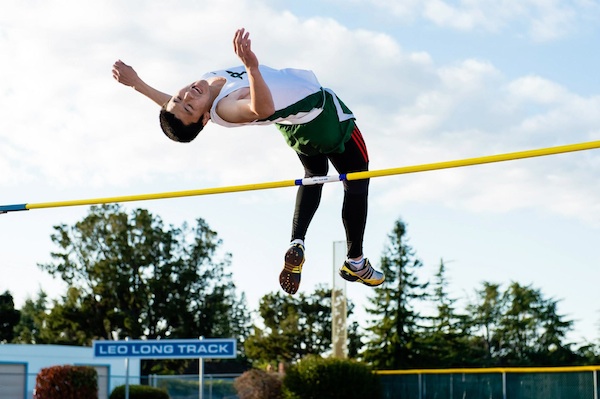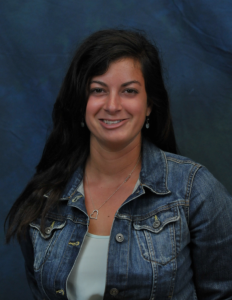
At the start of the spring sports season, most members of the Palo Alto High School track team hit the ground running. However, the Paly jumpers, those track members who participate in the high jump, long jump, and triple jump, could be seen just walking.
“So far we’ve barely started jumping this year,” jumper Victor Du (‘13) said at the beginning of the season.
The jumping team is going back to the basics, learning about running mechanics and movement under the guidance of previous Paly track star and coach, Tolu Wusu (‘04). Wusu, who left his coaching position in 2010 in order to train for the Olympic Trials, has returned to the Paly track.
Wusu was born in the Virgin Islands, but attended Palo Alto High School for three years, earning Paly Athlete of the Year in 2003. At Paly, he was a member of the football, wrestling and track & field teams, earning six Santa Clara Valley Athletic League (SCVAL) awards and setting the triple jump record of 47’2’’ at the Central Coast Championships (CCS) (need years). Following graduation, he attended U.C. Davis, where he represented the Aggies on the track and majored in exercise biology.
With the experience of training for the Olympic trials under his belt, Wusu returns to the Paly track with a fresh perspective and seasoned knowledge of the sport. The Paly alum takes an indepth look at the technical side of the sport and the mechanics that make up body movement.
“I feel the pieces that make an athlete better are usually on a much smaller scale than we focus on,” Wusu said.
Wusu believes that the most important area to focus on is the feet — an area that is typically overlooked.
“Most people don’t pay attention to the feet, but it’s like one percent of your muscles doing 90% of the body’s output, so it would be something that even with a small increase in ability is going to have great gains to the body regardless of your sport,” Wusu said.
With injury prevention as one of his main goals, Wusu spends most of practice time teaching the jumpers about motion and body mechanics.
“It almost feels like sports medicine class, which is really cool,” girls’ jumper Pippa Raffel (‘14) said.
This approach aims to keep athletes healthy and help them learn to “move the ‘right’ way”. In jumping, sometimes being able to make it through the entire season is half the battle.
“You do much better, even if you’re not necessarily the best jumper, if you’re actually able to make it through the season since most jumpers are injured or struggling to compete through the season,” Wusu said.
Paly jumpers have suffered from shin splints, heel injuries, and pulled hamstrings. Despite these injuries, this tight-knit group has had to run their own practices for the past two years without the guidance of a coach, achieving a notable amount of success. Last spring, Victor Du (‘13) led the team in the high jump with a personal best of 6’5’’, just three inches away from the school record.
Without specialized instruction during the absence of their coach, the jumpers have grown closer together, as they have had to rely on each other for support, according to Kenny Jones (‘13), one of five seniors who began working with Wusu freshmen year.
“We are such a small group that we all bring our own leadership to the table and build off each others’ energy,” Jones said.
With the return of Wusu to the track, the group of athletes who first began jumping four years ago under Wusu’s guidance, hope to lead the team to accomplish even more in their senior season.
“We definitely want to win league and that’s probably going to happen. We also have a bigger goal of winning CCS which is a possibility but we’re going to have to do very well,” Jones said.
While the end result is important, Wusu looks inward.
“The purpose or direction that we should be taking people into is: how do we get you to your max level,” Wusu said. “My goal is to get them to a position where they feel that they can better maximize their own potential and at the same time jump further.”
Wusu’s philosophy emphasizes personal growth and maintaining a healthy body.
“[It would be great] if they understood their bodies better because its something they’re gonna use for the rest of their life.”




